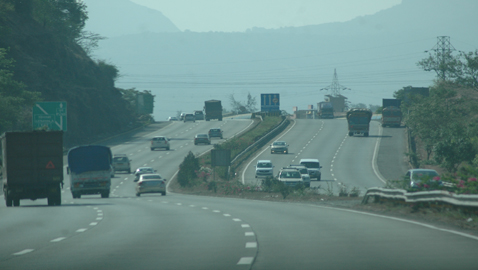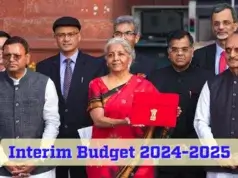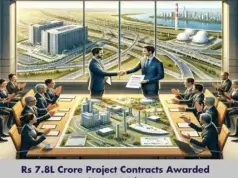

M. Murali, Director General, National Highways Builders Federation, points out that, in order to revive the road sector and increase the inflow of investments, the Narendra Modi government will not only have to address the challenges and the concerns with urgency, but also at the same time balance the interests of the users and investors.
Infrastructure bottlenecks are a cause of serious concern in India and considered a major hurdle in the way of the country’s economic progress.
In many advanced economies and fiscal constrained developing countries, physical infrastructure had been successfully developed either through private participation or through the public-private partnership model.
In India, till now, private participation in infrastructure development has received somewhat lacklustre response except in a few sectors such as telecom. At present, PPP projects constitute a very small share in the country’s overall infrastructure development despite initiation of various policy adjustments and sector-specific reforms by the government.
It is true that as a result of the various policy initiatives undertaken by the government, a significant number of infrastructure projects, particularly in the road sector, were executed on the PPP platform during the last decade or so. There has also been significant interest from both domestic and foreign investors in the sector. The big question, though, is whether the policy adjustments and the reforms carried out by the government so far are adequate to bring in the required investments. India has set an infrastructure investment target of $1 trillion during the 12th Five-Year Plan period (2012-2017), half of which is expected to come from the private sector.
Positive outlook
We are all aware that today, the country’s economy is riding high on infrastructure development. It is also well recognised that rapid development of the road sector is critical for India’s economic progress and for enhancing its global competitiveness.
There is hardly any doubt that the long-term outlook for the road sector is positive but in the short-term, it is plagued by various challenges. The challenges at present include high interest rates, delays encountered in securing environmental and other clearances, hurdles in land acquisition, delays in awarding of projects, a significant number of stalled projects and various other procedural issues. In this context, one cannot ignore the fact that the global economic downturn and the subsequent economic uncertainty created within the country has also contributed to the slowdown in the road sector.
In order to revive the road sector and increase the inflow of investments, the new NDA government at the Centre will not only have to address all these challenges with urgency but also at the same time balance the interests of the users and investors.
Considering the vital role the road sector plays in the country’s economy, it may be noted that the concerns with regard to slowdown of reforms, governance, statutory clearances and loss of investor confidence need to be addressed immediately.
As far as the country’s overall infrastructure development is concerned, international experience suggests that the success of PPP projects requires a single objective of better services for the public at a reasonable cost. This can be achieved through realistic and reasonable risk transfer while addressing the public concerns. The Indian PPP model needs to adhere to such objectives and best practices. In this pursuit, easy availability of long-term private capital is an essential requirement. Fostering greenfield investments in public infrastructure with appropriate user charges and transparent revenue and risk sharing agreements can enhance international capital inflows into productive ventures.
Above all, selection of the right PPP model for the right project at the right time through realistic planning will go a long way in facilitating the country’s infrastructure development.











